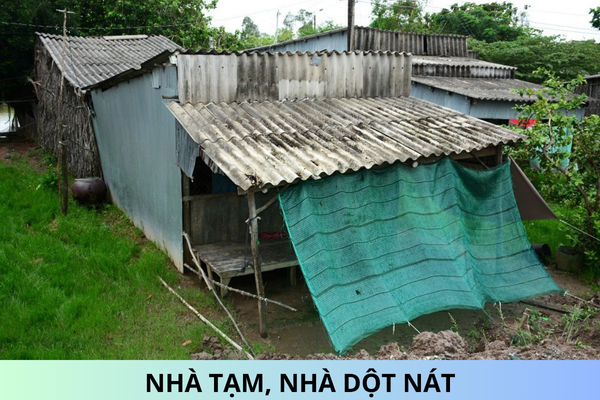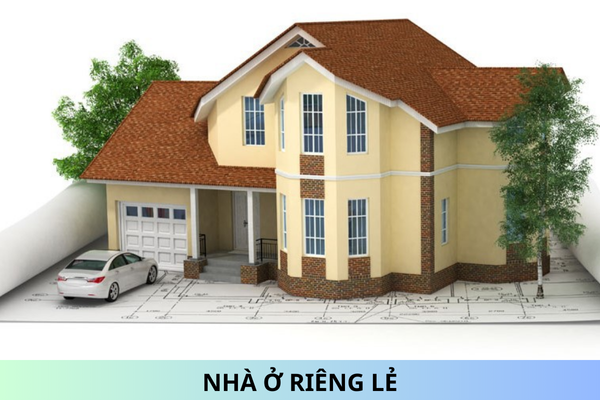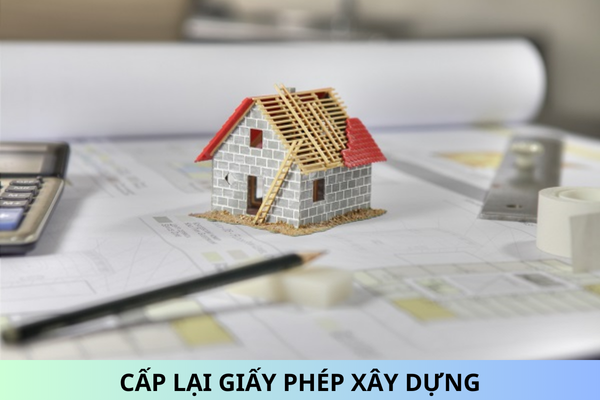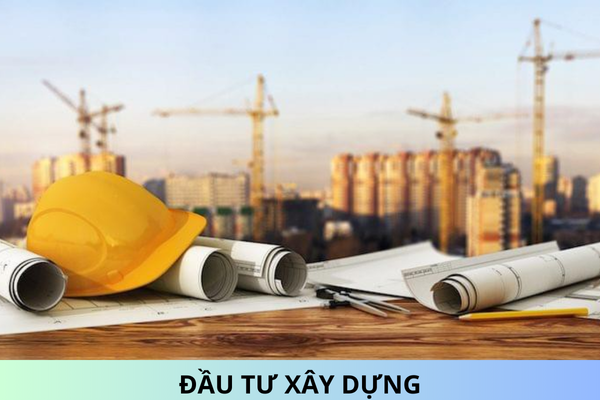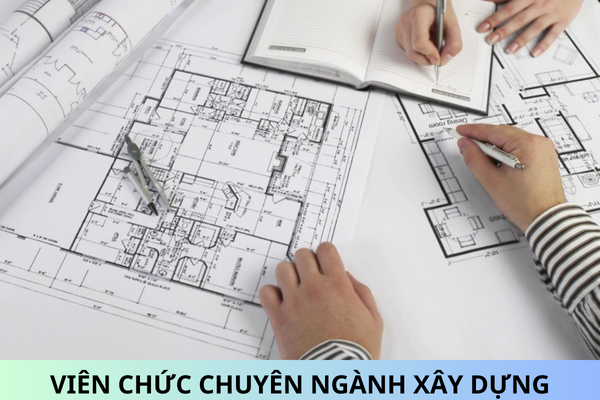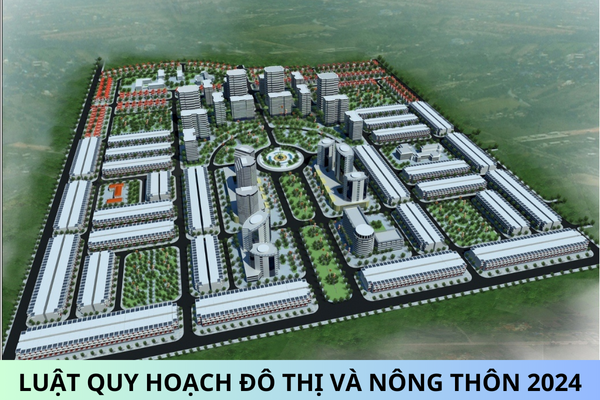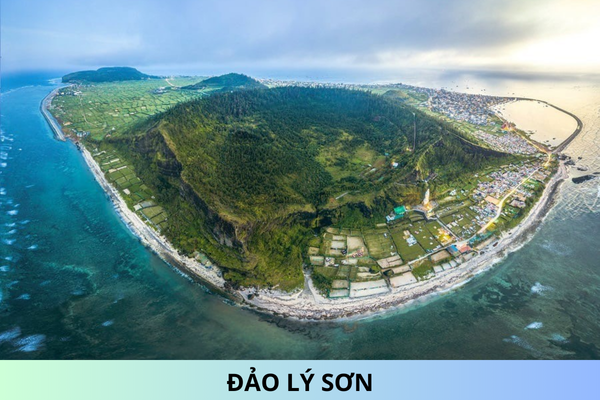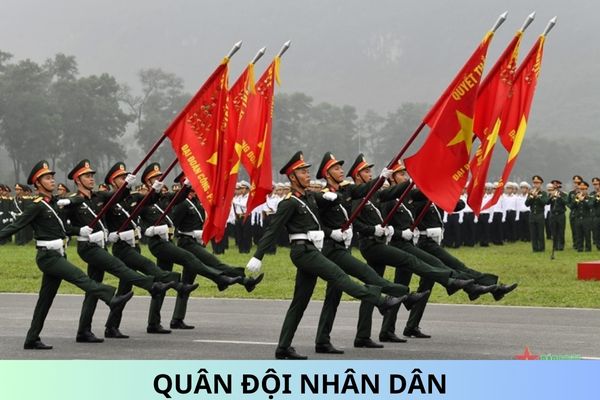What are standards for working on water surface to ensure safety at construction sites in Vietnam?
What are standards for working on water surface to ensure safety at construction sites in Vietnam? What are standards for overpasses, bridges, pontoon bridges, pedestrian bridges, walkways or certain workplaces in ensuring safety at construction sites in Vietnam?
What are standards for working on water surface to ensure safety at construction sites in Vietnam?
In Section 2.13.1 Sub-section 2.13 Section 2 National technical regulation on safety in construction QCVN 18:2021/BXD promulgated together with Circular 16/2021/TT-BXD on standards for working on water surface to ensure safety at construction sites as follows:
2.13.1.1 In areas near or above water where workers are employed, the employer must take measures to:
a) Prevent workers from falling or falling into the water;
b) Rescue workers when drowning;
c) Safe transportation.
2.13.1.2 Safety measures when performing work on the water surface and related works must include the following contents:
a) Barriers, safety nets and safety ropes;
b) Lifebuoys, life jackets and flotation devices;
c) Protective measures to avoid dangerous elements from reptiles and other animals.
2.13.1.3 Workers working near or on water must be trained, trained and must follow emergency procedures; must know how to swim; are not allowed to work alone, but are only allowed to work under the supervision and coordination of a competent person.
NOTE: Competent persons in accordance with regulations of law on construction and other relevant specialized laws.
What are standards for overpasses, bridges, pontoon bridges, pedestrian bridges, walkways or certain workplaces in ensuring safety at construction sites in Vietnam?
Section 2.13.1.4 Section 2.13.1 Subsection 2.13 National technical regulation on safety in construction QCVN 18:2021/BXD promulgated together with Circular 16/2021/TT-BXD standards for overpasses, bridges, pontoon bridges, pedestrian bridges, walkways or certain workplaces in ensuring safety at construction sites as follows:
2.13.1.4 Overpasses, bridges, pontoon bridges, pedestrian bridges, walkways or some workplaces must satisfy the following regulations:
a) Ensure quality skills, stability and suitability to use requirements;
b) The width must be sufficient for workers to move safely and must not be less than 50 cm;
c) Flat surface, no high protruding objects such as screws, bolts to avoid tripping ;
d) Must be sufficiently illuminated if natural light does not meet working requirements;
dd) Arrange enough lifebuoys, seat belts and other life-saving means to be located at conspicuous, easy-to-access positions and without affecting the work;
e) Foot guards, safety rails, ropes or similar means are to be provided to prevent the risk of falling due to slippage;
g) Do not leave equipment, tools and other obstructions on the surface;
h) When necessary, to prevent danger, slippery, rough surfaces should be lined, board placed on the surface, secured and not displaced or other suitable measures such as sanding. or similar materials;
i) Ensure no damage due to rising water, strong wind; special attention must be paid to the decking of the overpass and the working platform used in tidal areas;
k) Stairs or ladders must be arranged for workers to access elevated positions. Ladders must be sturdy, have sufficient quality, long enough, and be firmly anchored. Vertical ladders fixed on water-based construction machines and equipment must have safety belts (protective cages) to prevent falls;
l) Overpasses, pedestrian bridges and other structures used as walkways must be buoyant in case of construction in places where there is a risk of rapid water rise and strong currents.
2.13.1.5 On floating devices, a safe shelter must be arranged for workers if the construction area has a high risk of unsafety due to heavy rain, hail, thunderstorm, whirlwind, thunder or tides. sudden up and down.
NOTE: A safe haven to use in cases where there is not enough time to move inland from the construction site or when there is a floating device drift problem.
2.13.1.6 On flotation devices, there must be adequate rescue facilities such as lifelines, rafts and ring buoys.
2.13.1.7 A raft or similar flotation device shall:
a) Sufficient maximum load capacity (according to usage requirements );
b) Be securely anchored according to the job requirements and not drift unintentionally;
c) There are means of access to the Red River Delta.
2.13.1.8 Steel floor must have suitable structure to prevent slipping.
2.13.1.9 Openings in the floor of flotation devices (including open containers), measures must be taken to prevent people from falling in by using nets, cover plates, handrails or other appropriate safety measures.
2.13.1.10 Paths near or on the water surface or on floating equipment shall be arranged above the pipes.
2.13.1.11 No person is allowed to enter the hydraulic dredging equipment room without the approval of the manager, operator and under no circumstances is allowed to enter alone.
2.13.1.12 Winch ropes, lifting accessories, mooring lines, control lines, cutting heads (drills) and other loose accessories for construction must be checked daily.
2.13.1.13 Workers are only allowed to get on and off the flotation device from the positions specified in the construction measures.
2.13.1.14 During the construction process, the number of workers must be checked regularly.
2.13.1.15 When construction near or on water, must comply with the provisions of the law on inland waterway navigation, navigation and technical regulations issued by the competent authority in: placing traffic signs; requirements on equipment, equipment and safety control on floating equipment; use of flotation equipment and equipment installed and used on flotation equipment; movement on water and other requirements related to floating vehicles and equipment.
NOTE: Relevant QCVN including: QCVN 102:2018/BGTVT, QCVN 67:2018/BGTVT, QCVN 39:2020/BGTVT, QCVN 20:2015/BGTVT, QCVN 23:2016/BGTVT, QCVN 42: 2015/BGTVT, QCVN 73:2019/BGTVT, QCVN 94:2016/BGTVT, QCVN 97:2016/BGTVT and other regulations promulgated by competent authorities.
Best Regards!
